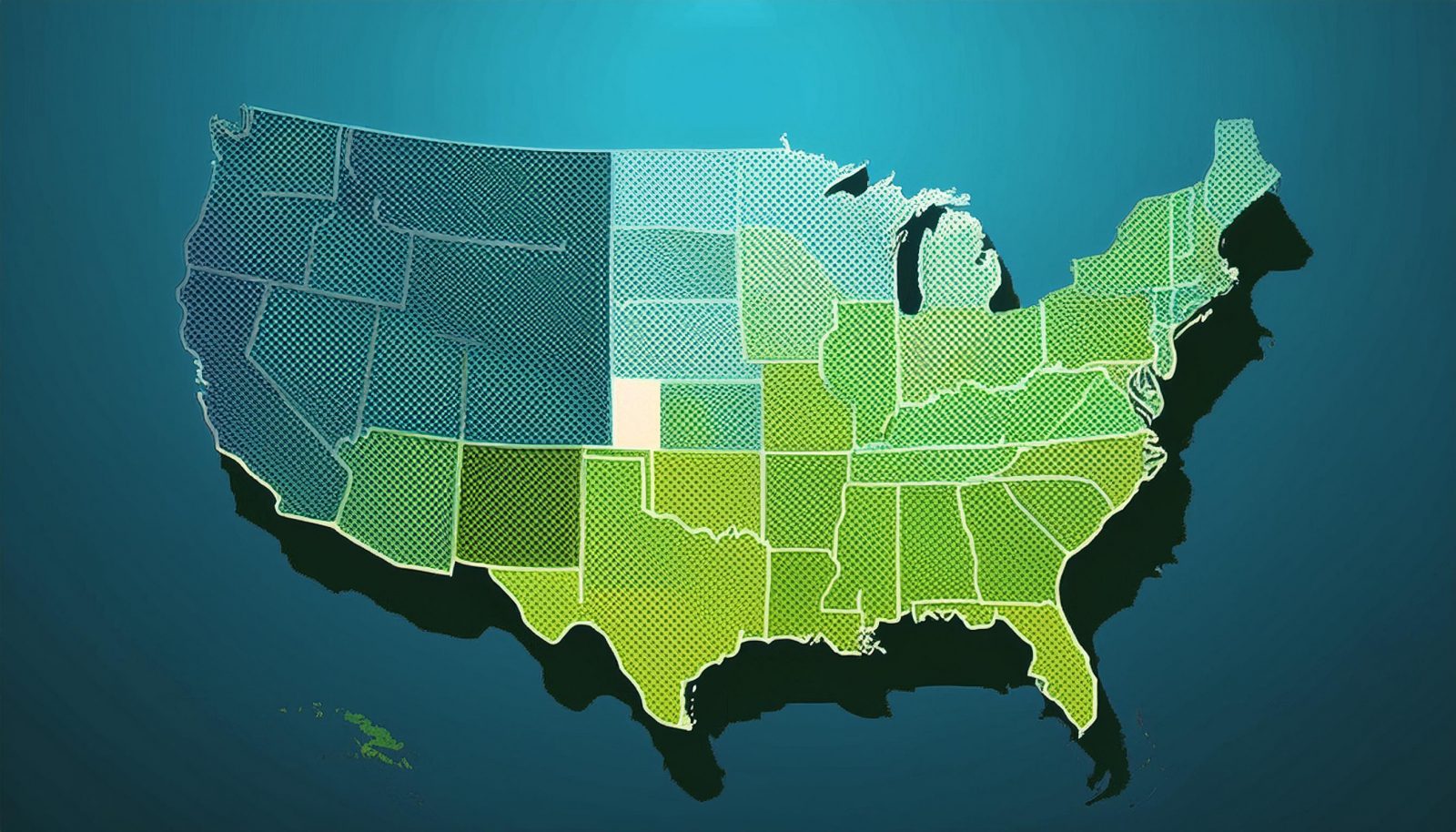The Bretton Woods system significantly influenced the global financial structure by establishing fixed exchange rates. It strengthened the U.S. Dollar as a central element in international economics.
- The system linked global currencies to the U.S. Dollar.
- It ended with the Nixon Shock in 1971, transitioning the world to floating exchange rates and reshaping global financial markets.
- The collapse of Bretton Woods pushed the development of crucial financial institutions and economic indicators.
What is Bretton Woods?
The Bretton Woods system, established in 1944, marked a transformative era in global financial history. Conceived during a conference in Bretton Woods, New Hampshire, this system introduced fixed exchange rates. Back then, currencies were pegged to the U.S. Dollar, which itself was convertible into gold.
The geopolitical backdrop of World War II significantly influenced the creation of Bretton Woods, as nations – especially European countries – sought stability and a framework for economic recovery post-war. This system is similar to other vital initiatives, such as the Coinage Act and the gold standard. Together with Bretton Woods, they laid the foundational principles for modern financial architecture.
Bretton Woods system – Post-war landscape
The Bretton Woods system fundamentally reshaped the post-war economic landscape, influencing various markets from metals to commodities. By stabilizing exchange rates and linking global currencies to the U.S. Dollar, it provided a predictable financial environment.
This consistency was crucial in the years following World War II, as nations focused on rebuilding and economic recovery. The system focuses on fixed exchange rates, making the U.S. Dollar a linchpin for monetary policy decisions worldwide. The integration of forex basics into the global economic framework during this period cannot be understated. It allowed for unprecedented levels of cross-border financial activity.
The Bretton Woods system thus not only sculpted the financial contours of the immediate post-war period but also set the stage for the centrality of the U.S. Dollar in international economics.
The end and outcomes of the Bretton Woods agreement
The agreement concluded in 1971 when President Richard Nixon announced the suspension of the U.S. Dollar’s convertibility into gold, effectively ending the system’s fixed exchange rate mechanism. This monumental shift, known as the Nixon Shock, began the floating exchange rates that still impact global finance today.
The collapse of the Bretton Woods agreement catalyzed the development of key financial institutions and indicators that continue to monitor and influence the strength of the U.S. Dollar. Institutions like the International Monetary Fund and the Federal Reserve have played pivotal roles in setting interest rates.
Moreover, the significance of economic indicators such as the Non-Farm Payrolls has grown, providing insights into employment trends that directly impact monetary policy and currency valuation.
The end of the Bretton Woods agreement transformed how currencies are managed but also reinforced the U.S. Dollar’s role as a critical asset in the global financial system.




















































